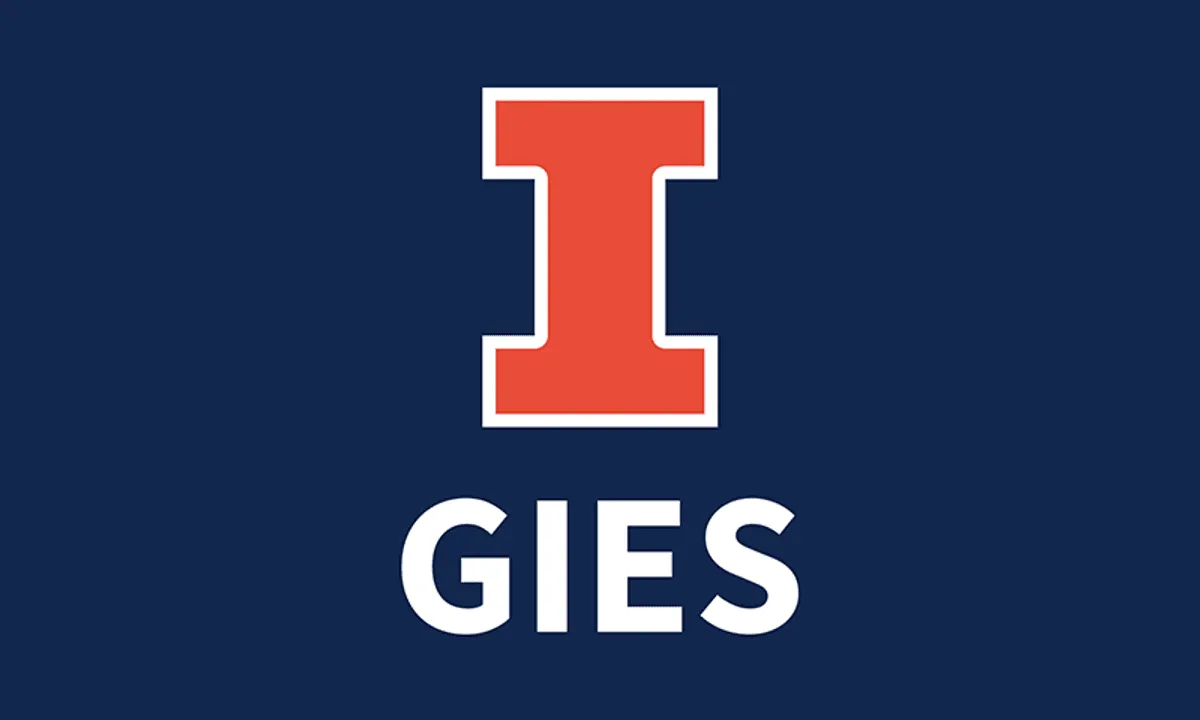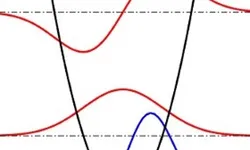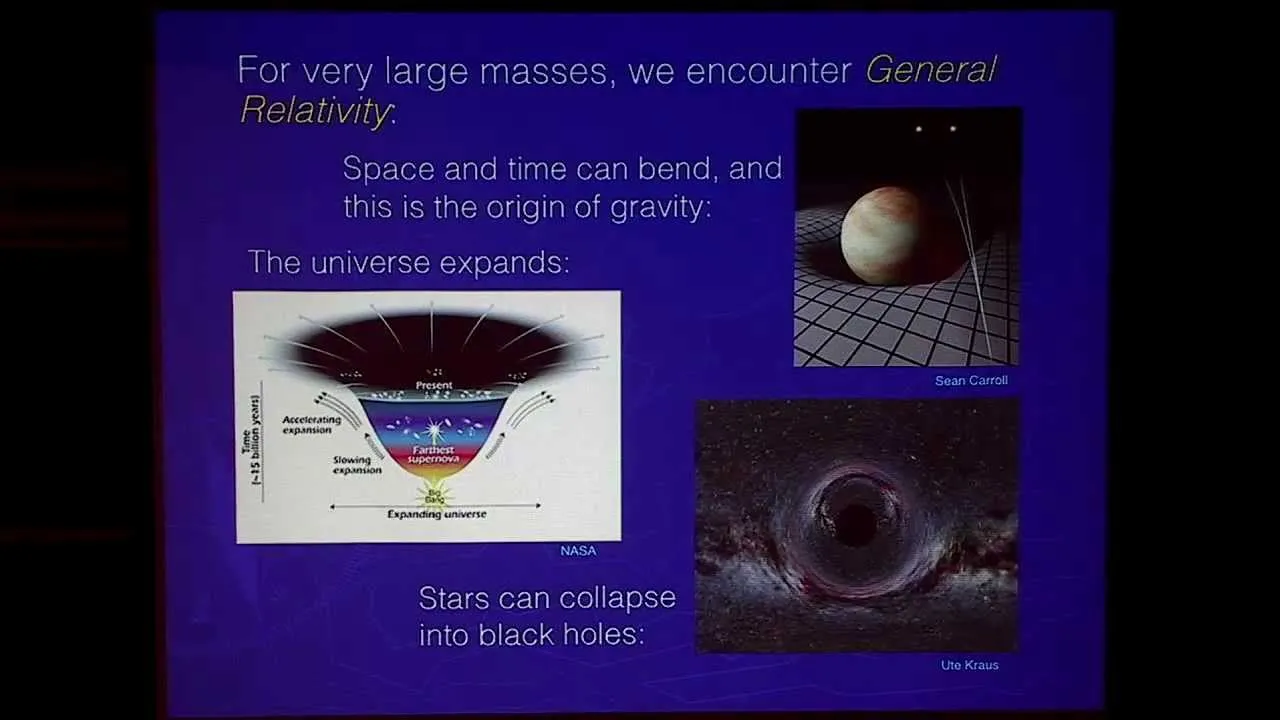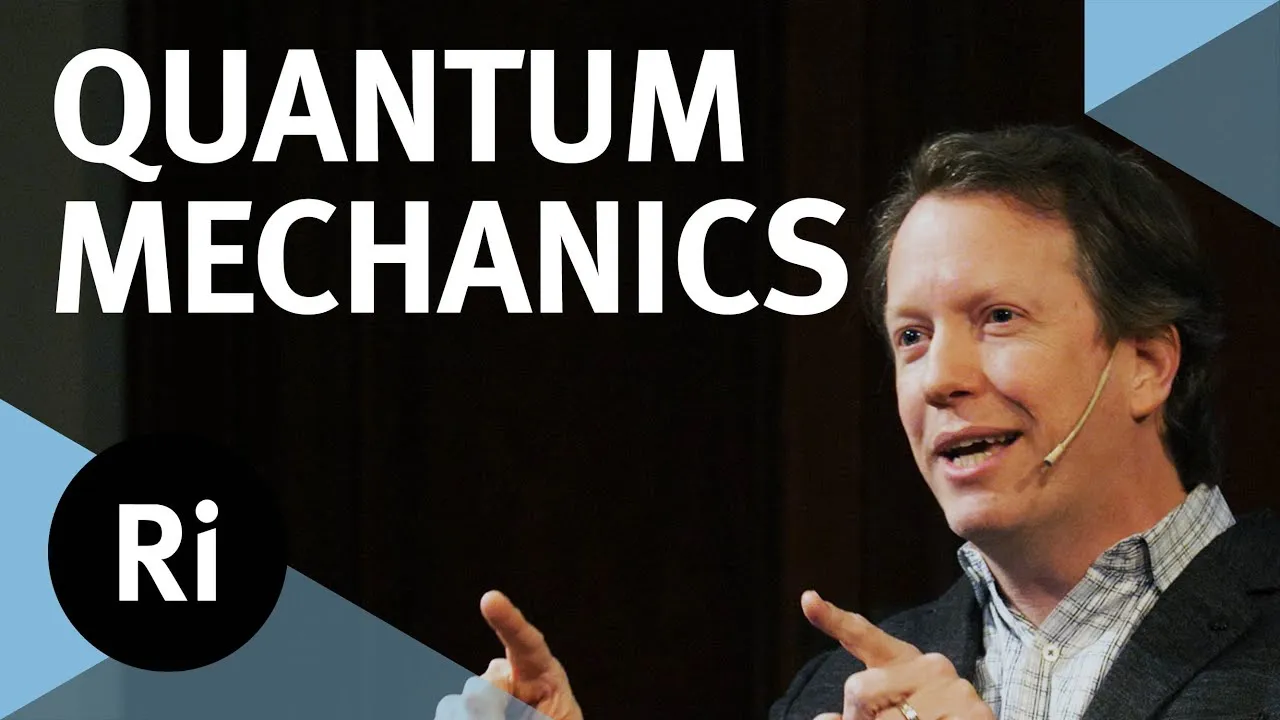
Atomic and Optical Physics: Quantum States and Dynamics of Photons 
This course provides an introduction to the quantum states and dynamics of photons. It covers topics such as squeezed states of light, teleportation, non-classical states of light, single photons, and metrology with light. Students will gain an understanding of the quantum description of light and its applications. ▼
ADVERTISEMENT
Course Feature
![]() Cost:
Cost:
Free
![]() Provider:
Provider:
Edx
![]() Certificate:
Certificate:
No Information
![]() Language:
Language:
English
![]() Start Date:
Start Date:
5th Feb, 2017
Course Overview
❗The content presented here is sourced directly from Edx platform. For comprehensive course details, including enrollment information, simply click on the 'Go to class' link on our website.
Updated in [March 06th, 2023]
Quantum States and Dynamics of Photons is a course that introduces students to the quantum description of light and its applications. Students will learn about squeezed states of light, teleportation, non-classical states of light, single photons, and metrology with light. Additionally, students will explore correlations with photons and atom correlation functions. This course is part of a two-semester sequence (8.421 and 8.422) for graduate students interested in Atomic, Molecular, and Optical Physics. Upon completion of this series, students will be prepared to pursue advanced study and research in cold atoms, as well as specialized topics in condensed matter physics.
[Applications]
Upon completion of this course, students should be able to apply the concepts and techniques learned to research in the field of Atomic, Molecular, and Optical Physics. This includes the ability to analyze and interpret data, develop and implement experiments, and design and implement theoretical models. Students should also be able to apply the knowledge gained to develop new techniques and technologies in the field.
[Career Paths]
1. Photonics Engineer: Photonics engineers design, develop, and test optical systems and components, such as lasers, fiber optics, and imaging systems. They use their knowledge of physics, optics, and electronics to create and improve products. Photonics engineers are in high demand due to the increasing use of optical technologies in many industries, such as telecommunications, medical imaging, and defense.
2. Optics Researcher: Optics researchers study the properties of light and its interaction with matter. They use their knowledge of physics, optics, and mathematics to develop new technologies and applications. Optics researchers are in high demand due to the increasing use of optical technologies in many industries, such as telecommunications, medical imaging, and defense.
3. Quantum Computing Scientist: Quantum computing scientists use their knowledge of physics, mathematics, and computer science to develop new algorithms and technologies for quantum computing. They are in high demand due to the increasing use of quantum computing in many industries, such as finance, healthcare, and defense.
4. Laser Physicist: Laser physicists use their knowledge of physics, optics, and electronics to develop and improve laser systems. They are in high demand due to the increasing use of lasers in many industries, such as manufacturing, medical imaging, and defense.
[Education Paths]
1. Bachelor of Science in Physics: A Bachelor of Science in Physics is a four-year degree program that provides students with a comprehensive understanding of the fundamental principles of physics. Students will learn about the laws of motion, thermodynamics, electricity and magnetism, optics, quantum mechanics, and relativity. This degree is ideal for those interested in pursuing a career in research, engineering, or teaching. Developing trends in this field include the use of advanced technologies such as lasers, particle accelerators, and computer simulations to study the behavior of matter and energy.
2. Master of Science in Atomic and Optical Physics: A Master of Science in Atomic and Optical Physics is a two-year degree program that focuses on the study of the behavior of atoms and photons. Students will learn about the quantum description of light, squeezed states of light, teleportation, non-classical states of light, single photons, atom-photon interactions, optical Bloch equations, open system dynamics, light forces, laser cooling, and ultracold atoms. This degree is ideal for those interested in pursuing a career in research or teaching. Developing trends in this field include the use of advanced technologies such as lasers, particle accelerators, and computer simulations to study the behavior of matter and energy.
3. Doctor of Philosophy in Atomic and Optical Physics: A Doctor of Philosophy in Atomic and Optical Physics is a four-year degree program that focuses on the study of the behavior of atoms and photons. Students will learn about the quantum description of light, squeezed states of light, teleportation, non-classical states of light, single photons, atom-photon interactions, optical Bloch equations, open system dynamics, light forces, laser cooling, and ultracold atoms. This degree is ideal for those interested in pursuing a career in research or teaching. Developing trends in this field include the use of advanced technologies such as lasers, particle accelerators, and computer simulations to study the behavior of matter and energy.
4. Master of Science in Applied Physics: A Master of Science in Applied Physics is a two-year degree program that focuses on the application of physics principles to solve real-world problems. Students will learn about the principles of mechanics, thermodynamics, electricity and magnetism, optics, quantum mechanics, and relativity. This degree is ideal for those interested in pursuing a career in engineering, research, or teaching. Developing trends in this field include the use of advanced technologies such as lasers, particle accelerators, and computer simulations to study the behavior of matter and energy.
Course Provider

Provider Edx's Stats at AZClass
Discussion and Reviews
0.0 (Based on 0 reviews)
Explore Similar Online Courses

Email Etiquette: Marketing Formula for Sales Communication

Digital Media and Marketing Strategies

Python for Informatics: Exploring Information

Social Network Analysis

Introduction to Systematic Review and Meta-Analysis

The Analytics Edge

DCO042 - Python For Informatics

Causal Diagrams: Draw Your Assumptions Before Your Conclusions

Whole genome sequencing of bacterial genomes - tools and applications

Foundations of Quantum Mechanics

Gravity and Quantum Mechanics - The Quest for Unification


Start your review of Atomic and Optical Physics: Quantum States and Dynamics of Photons